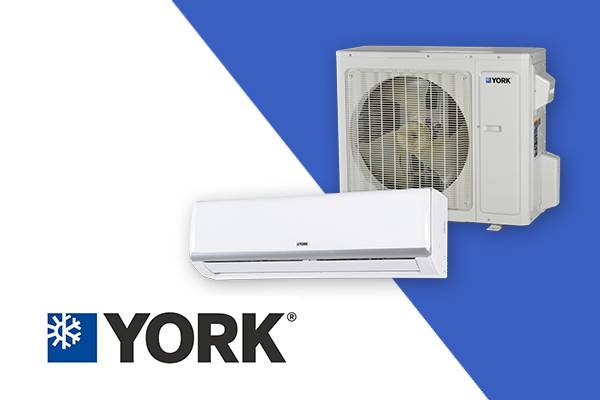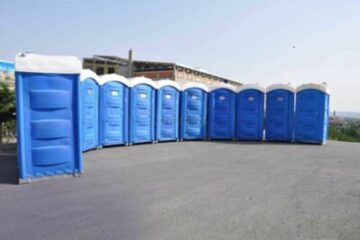In today’s world, where energy costs are continually on the rise, finding ways to reduce your household energy expenses is crucial. One effective way to achieve this is by investing in a 5-zone mini split system. Not only do these systems provide tailored comfort throughout your home, but they also offer significant energy efficiency benefits. In this article, we’ll explore how 5-zone mini splits work, their energy-saving advantages, and tips on how to maximize these benefits to keep your energy bills low.
What Is a 5-Zone Mini Split?
A 5-zone mini split system is a type of ductless HVAC system that allows you to control the temperature in up to five different areas or “zones” of your home independently. Unlike traditional HVAC systems that rely on ductwork to distribute air, mini splits consist of an outdoor unit connected to multiple indoor units, each of which can be controlled separately.
How Do 5-Zone Mini Splits Save Energy?
Zoned Heating and Cooling
One of the primary advantages of a 5-zone mini split system is its ability to provide zoned heating and cooling. This means you can set different temperatures for different rooms based on their use. For example, you can keep bedrooms cooler while maintaining a comfortable temperature in the living areas. This targeted approach reduces the need to heat or cool unused rooms, leading to substantial energy savings.
Inverter Technology
Most modern 5-zone mini splits are equipped with inverter technology. Unlike traditional systems that turn on and off at full power, inverter-driven systems adjust their speed to maintain a consistent temperature. This not only reduces energy consumption but also minimizes wear and tear on the system, leading to longer lifespan and lower maintenance costs.
High Seasonal Energy Efficiency Ratio (SEER)
Mini splits are known for their high SEER ratings, which measure the efficiency of the cooling process over an entire cooling season. The higher the SEER rating, the more efficient the system is. Many 5-zone mini splits come with SEER ratings well above the minimum requirements set by regulations, ensuring you get the most efficient performance possible.
No Duct Loss
Traditional HVAC systems lose a significant amount of energy through ductwork, especially if ducts are not well insulated or are in unconditioned spaces. Since 5-zone mini splits don’t use ductwork, there is no energy loss due to leaks or poor insulation, making them a more efficient choice.
Flexible Installation
The flexibility of mini split systems allows for optimal placement of indoor units, ensuring that air is directed where it is needed most. This efficient airflow reduces the energy required to maintain desired temperatures, as opposed to systems that rely on central distribution.
Tips for Maximizing Energy Efficiency
Choose the Right Size System
Proper sizing is crucial for energy efficiency. An oversized system will cycle on and off frequently, leading to inefficiencies and increased wear. Conversely, an undersized system will struggle to maintain comfort levels. Have a professional perform a load calculation to determine the correct size for your needs.
Optimize Thermostat Settings
Set your thermostats for each zone to reflect actual use. Lowering the temperature in unoccupied rooms and setting it higher in occupied zones can reduce overall energy consumption. Consider using programmable or smart thermostats that can adjust settings automatically based on your schedule.
- Regular Maintenance
Keep your mini split system in top shape with regular maintenance. Clean or replace filters as recommended, ensure that outdoor units are free of debris, and have a professional inspect the system annually. Regular maintenance keeps the system running efficiently and helps prevent costly repairs. - Seal and Insulate
Ensure that your home is well-sealed and insulated. Good insulation minimizes the amount of heating and cooling needed, which enhances the efficiency of your mini split system. Check for drafts around windows and doors and add insulation where necessary. - Use Ceiling Fans
Ceiling fans can help distribute air more evenly, reducing the load on your mini split system. In the winter, set fans to rotate clockwise to push warm air down, and in the summer, set them to rotate counterclockwise to enhance cooling. - Consider Additional Features
Some 5-zone mini splits come with advanced features such as air purifiers, dehumidifiers, and advanced filtration systems. These features can improve indoor air quality and comfort, potentially allowing you to set the thermostat a few degrees higher or lower, which can further reduce energy consumption.
Conclusion
A 5-zone mini split system offers numerous benefits for energy efficiency, helping you save on your energy bills while maintaining a comfortable living environment. By leveraging zoned heating and cooling, inverter technology, high SEER ratings, and eliminating duct loss, you can enjoy substantial savings and enhanced comfort. Remember to choose the right system size, optimize your thermostat settings, perform regular maintenance, and consider additional features to maximize your energy savings. With these strategies, your 5-zone mini split system can be a key component in achieving a more energy-efficient and cost-effective home.
Stay in touch to get more news & updates on Gossips.Blog!




